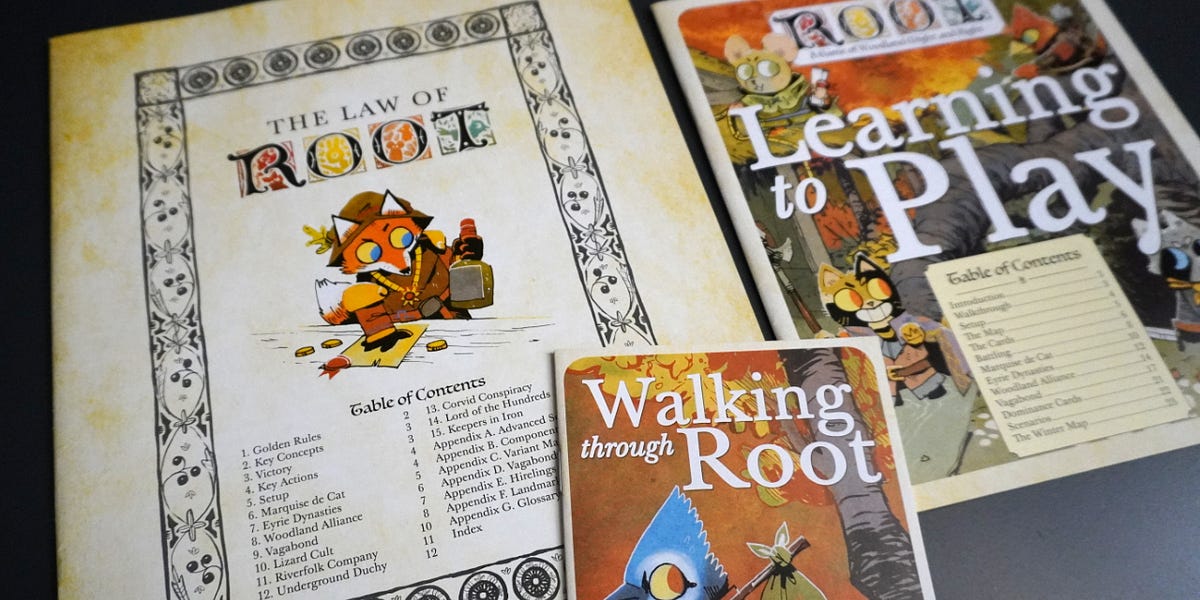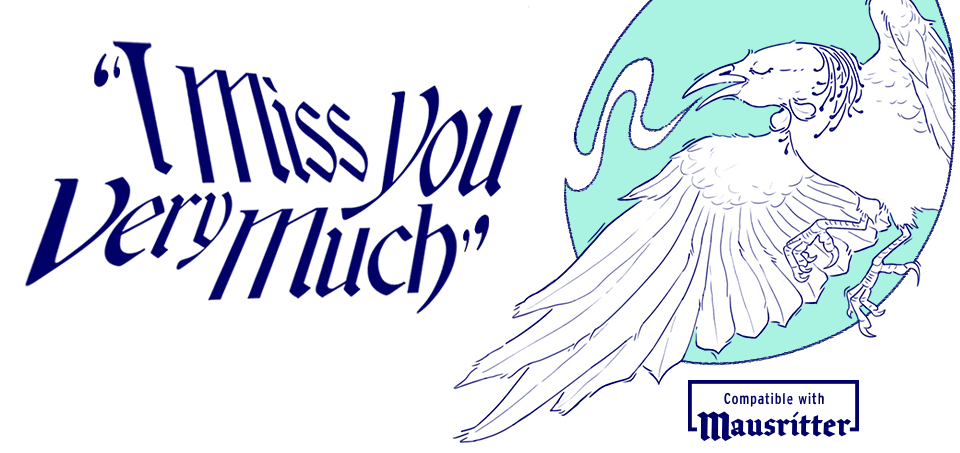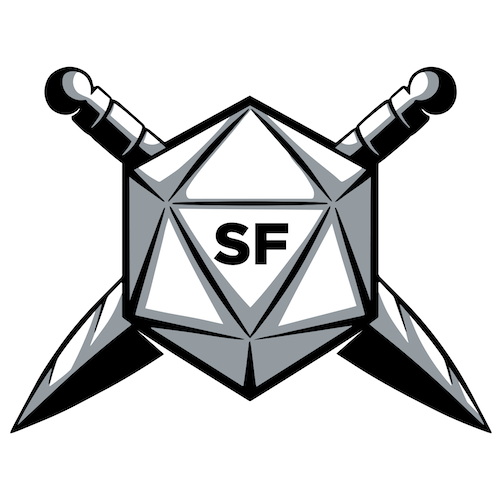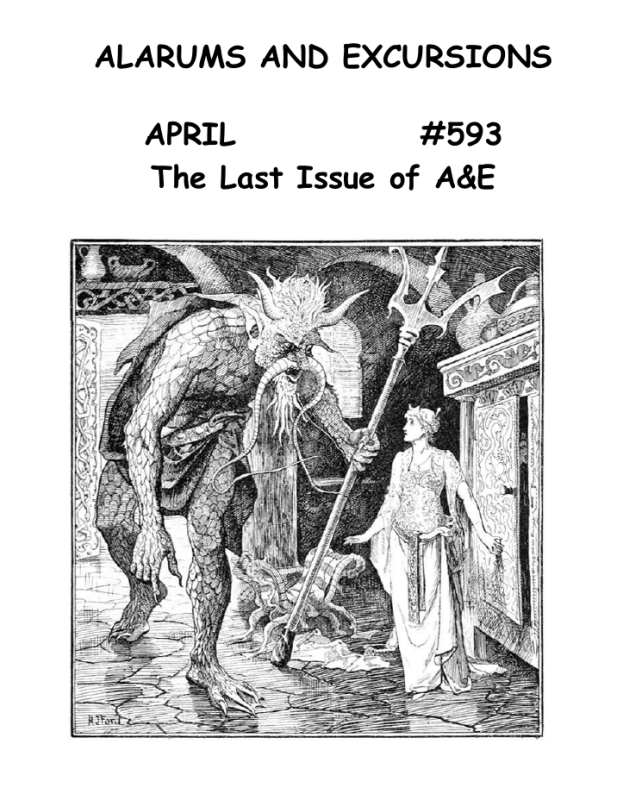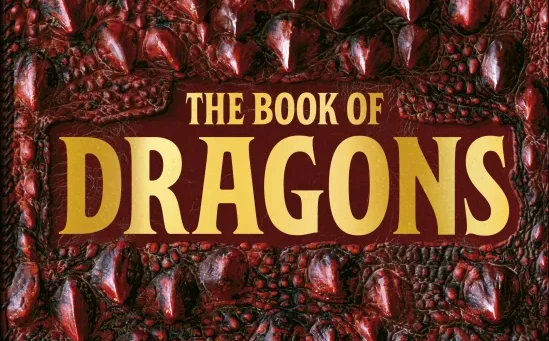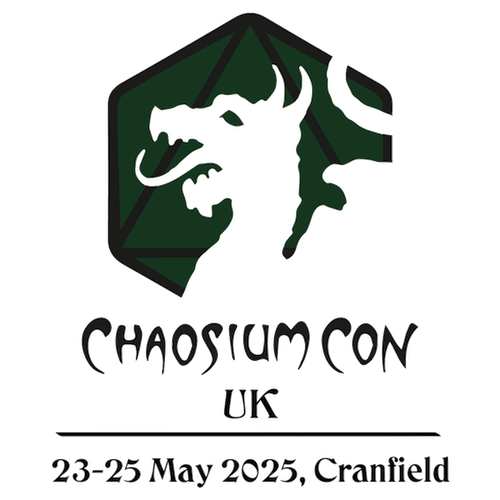SMOOSH JUICE
Bathtub Review: Temple of the Beggar King
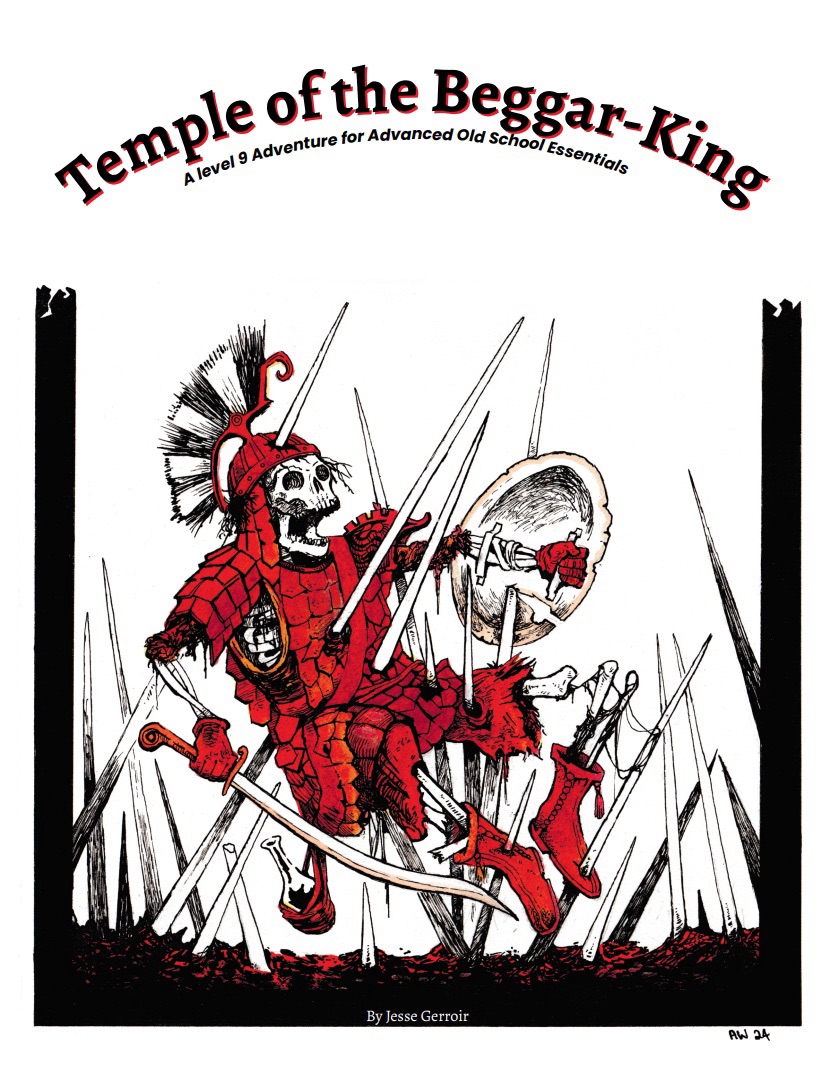
Bathtub Reviews are an excuse for me to read modules a little more closely. I’m doing them to critique a wide range of modules from the perspective of my own table and to learn for my own module design. They’re stream of consciousness and unedited critiques. I’m writing them on my phone in the bath.
Temple of the Beggar King is a 51 page module for OSE by Jesse Gerroir, with cover art by Andrew Walter and public domain interior art. In it, you delve into the temple whose cult leader has sought a dark enlightenment, in a dark interpretation of Japanese buddhism.
We open with the introductory information — the backstory, the deal with the cultist and their Ascended Ome, changes to spellcasting, and a table of past lives. There’s a lot going on here — not bad, but just a lot (and I didn’t mention hooks, I’ll loop back to them later). I wonder if all of this would better have been distributed throughout the module. The past lives table in particular, while it connects to the changes to spellcasting, belongs in an appendix as it gets a huge amount of use elsewhere. Details about the Ascended One likely belong with that boss character deeper in the module. In general, while I love a good section summarising the details for the referee, I don’t love when those details aren’t divulged to the players, and because the denizens of the dungeon are hostile, and not all of this is recorded in the dungeon, I think it’s unlikely it’ll all come to bear. I generally despise dungeons that impact spellcasting — while it’s a classic trope, I don’t think it’s a good one, because spell casters deserve their spells. It’s used here neatly, though, impacting not the effect spells but how they manifest, in a way that players may find compelling. If you’re going to do it, this is how to make it not punitive.
Most of the book is key. The maps are rudimentary, but do their job and communicate the temple clearly. I like that they’re fully labelled, not just numbered. It would be better were they with their keyed sections, or used cut out minimaps given the page size means that there’s often space for it. I like that we skip the wilderness and focus on the dungeon itself here — the multiple entrances to the dungeon reminds me of Gus L’s work in the best of ways. The child guide is also very compelling, as are the ways to discover he’s a traitor. I could see a lot of fun coming out of this, whether or not the players take the easiest route. In general, the keys are a bit long for my taste, but they sit solidly in the terse but clear, generally half a page range that again reminds me of Gus L’s work. For me, the dungeon needs a little more in terms of interconnectedness — there aren’t many spaces that point to other spaces, or NPCs that point to other NPCs. For example, aside from the presence of the four Black Lotus keys on the first level, there aren’t any hints regarding how to solve this puzzle. There are also few other puzzles here, but they aren’t to my taste — the door of 33 locks for example is a trap disguised as a puzzle, which seems punitive. The spaces are pleasingly looped though, with ways between levels and exist to the surface. I think that baked into the concept are some opportunities that aren’t taken advantage of — the Koan Doors on the 2nd level, which connect to another room, if extended to a theme throughout the dungeons would’ve been a great opportunity to include riddles and puzzles that link spaces together and assist the players in progressing.
One big missed opportunity here for me is the lack of unique monsters — despite stat blocks being included, most of them are stock creatures, and I feel like a monk that has meditated themselves into death through starvation trapped in a clay pot should be more unique. There are a few here — I love the defiling monks — but this could’ve been expanded for more fun combat. In my opinion, the fun of monsters you’re familiar with — trolls for example — is that they’re puzzles you can cleverly solve using the space you’ve explored so far. But, when you re-label “troll” “swarm of hungry ghosts”, fire and acid weakness no longer makes sense, and isn’t intuitive, so you can’t manipulate the environment in a pleasing way.
Another missed opportunity is the lack of ready-to-go conflict in terms of NPCs or factions in this dungeon. There are a few interesting NPCs, but they are largely one note, and remain in their section. The lack of faction play means that you have very little option but to treat this as a gauntlet, hoping your characters will survive the combat and trap encounters to get to the deepest place. That isn’t my style, but it’s a fun style to dip into if the players know what they’re in for and it’s a detour on another path. It it’s not obvious enough for me that the Ascended One is actually evil, and if you don’t know that the Ascended One will end the world, then all the treasure incentives end on level 2 out of 4. This means you’ll either have some very disgruntled players when they realise they’ve risked their lives and time for no reward, or if they realise there’s no treasure — they’ll skip the lower levels altogether. There’s an assumption in this module that because it’s a dungeon (and potentially because the denizens of the dungeon are hostile) that the monk meditating at its core is an evil boss monster, and that the players will want to fight it — but this feels like an assumption that has snuck in heroic, more modern playstyles, but just isn’t present in most OSR play that I’ve seen. To get OSR scallywags to show up in this kind of world-ending scenario, they need to be personally attached.
I skipped past hooks, which are one of the first things in the book, because I think they’re one potential easy solution to these problems. What are provided aren’t precisely what I tend to call hooks — they’re more intended to show the referee how to world-build the temple into their campaign. They’re compelling as this, but they’re not a succinct, easy way to get the players engaged in the dungeon. Hooks with juicier worms would help engage the players heavily in the last 2 levels, and would provide reasons to engage in the dungeon in curious and compelling ways other than as a gauntlet. If I were to run this, I’d feel compelled to add these in.
Layout is in a 2 column letter sized format. It’s clear enough, legible to read and navigate, and the page size means we don’t have crowding or page turning issues. It uses colour coding for sections, aiding navigability. This is an excellent example of how to make a low budget and entry level layout really work for a module. You could keep the same basic concepts, and give it a glow-up in terms of aesthetics — font choices, leading and palette, things like that — for an even better experience though, I suspect even while sticking with low budget choices. In terms of information design, I like what it does — dungeons make for easy information design, stat blocks are functional and in-page, highlighting isn’t overused.
Overall, Temple of the Beggar King is exactly what it says on the tin: A module inspired by the early TSR modules. It’s fun to navigate, and it’s full of traps and monsters. It relies on the referee to bring flavour to the characters and it doesn’t lean into faction play at all, with the monks in the dungeon being monolithic, which means it isn’t to my taste — in a dungeon of this size, I want to see some fun interactions between characters and levels, I want to be playing spaces and characters off each other, and those relationships aren’t intuitive to me here. If you’re happy to rewrite the hooks to make sure the players feel personal stakes in what’s going on in the temple, and if your table gets a lot of pleasure out of the combat and hazard aspects of the crawl, Temple of the Beggar King is a cool dungeon to dig into for a few sessions.
Idle Cartulary
Playful Void is a production of Idle Cartulary. If you liked this article, please consider liking, sharing, and subscribing to the Idle Digest Newsletter. If you want to support Idle Cartulary continuing to provide Bathtub Reviews, I Read Reviews, and Dungeon Regular, please consider a one-off donation or becoming a regular supporter of Idle Cartulary on Ko-fi.


